Art World
10 More Exotic Art Pilgrimages
From Roden Crater to Cabaret Voltaire, better start packing your bags!
From Roden Crater to Cabaret Voltaire, better start packing your bags!
Cait Munro

In case our last list of essential art pilgrimages didn’t give you a case of the travel bug, we’re back with 10 more far-flung art destinations to see and to dream of. We suggest you start packing your bags now.
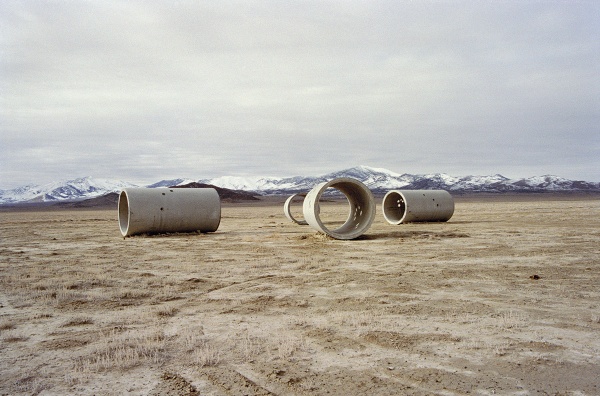
Nancy Holt, Sun Tunnels.
Image via the Center for Land Use and Interpretation.
WHAT: Sun Tunnels by Nancy Holt.
WHERE: Northwest Utah, Outside Wendover
WHY: Completed in 1976, Sun Tunnels consists of four large concrete tubes, laid in an X shape in the open desert. The tunnels bear holes of varying size, cut to correspond with the pattern of celestial constellations Draco, Perseus, Columba, and Capricorn.
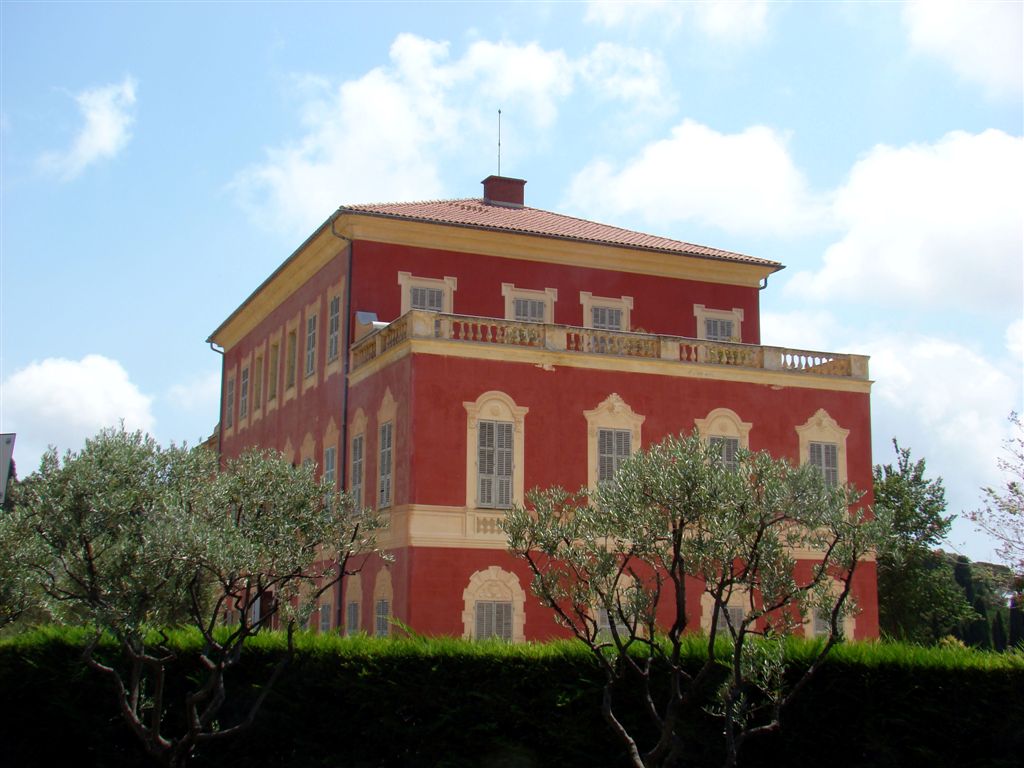
Photo by bchookang, Creative Commons Attribution-Share Alike 2.0 Generic license.
WHAT: Musée Matisse.
WHERE: Nice, France
WHY: Perched on the hill of Cimiez not far from where Matisse lived, the museum holds the largest collection of his works, including paintings, drawings, prints, and photos, which trace his life from the earliest artistic beginnings through to his final works.
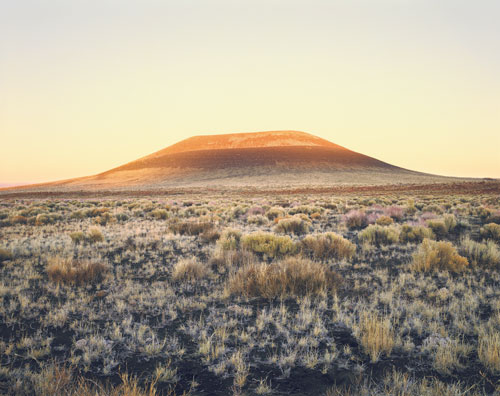
James Turrell, Roden Crater. Photo courtesy of Friends of Roden Crater.
WHAT: Roden Crater by James Turrell.
WHERE: Outside Flagstaff, Arizona
WHY: Since the 1970s, Turrell has been working to transform an extinct volcanic cinder cone, situated at an elevation of approximately 5,400 feet, into a work of perceptual and celestial art—an enormous naked-eye observatory, designed specifically for viewing and experiencing solar phenomena.
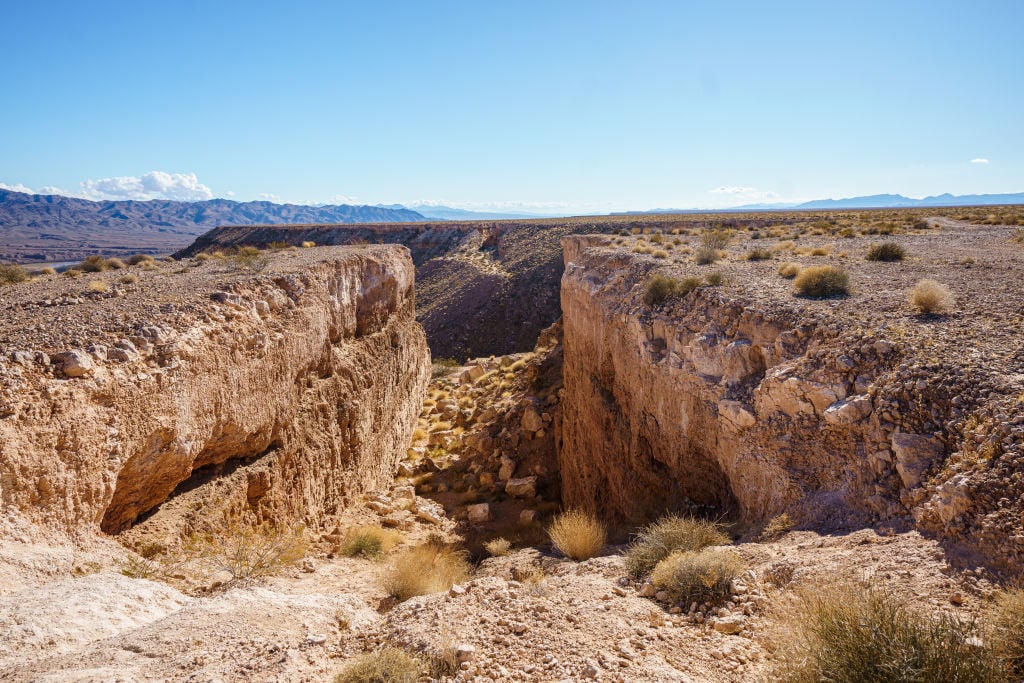
Double Negative by artist Michael Heizer on January 24, 2021 in Overton, Nevada. Photo by Josh Brasted/Getty Images.
WHAT: Double Negative by Michael Heizer.
WHERE: Moapa Valley, Nevada
WHY: Completed in 1969 and funded by art dealer Virginia Dwan, Double Negative is a long trench in the earth, formed from the displacement of 244,000 tons of rock, mostly rhyolite and sandstone. Two mounds, made of excavated material, straddle either side. Heizer has said of the piece, “there is nothing there, yet it is still a sculpture.”
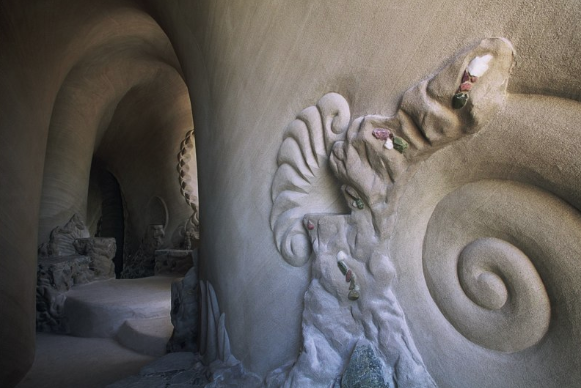
The interior of one of Ra Paulette’s caves.
Photo via Ra Paulette.
WHAT: Ra Paulette’s caves.
WHERE: New Mexico
WHY: Paulette digs masterful, transcendent caves in the sandstone cliffs of New Mexico. The artist and his caves were the subject of a recent documentary by Jeffrey Karoff, entitled CaveDigger, which showcases the intense process of excavating these underground cathedrals. While none of the caves are available to visit at present, the artist is currently working on a massive, 10-year project that may be open to the public after completion. Be very hopeful.
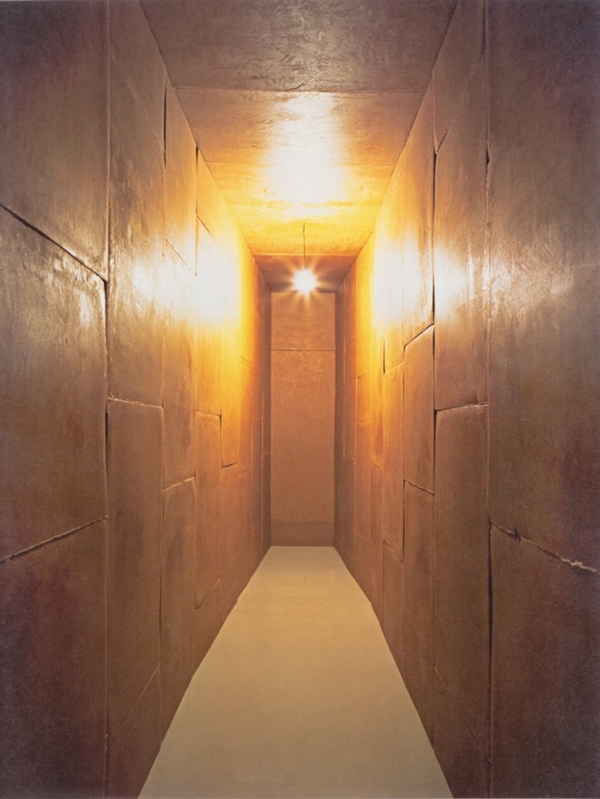
Wolfgang Laib, La Chambre de Certitudes.
Photo via artnet.
WHAT: La Chambre de Certitudes (or The Room of Certitudes) by Wolfgang Laib.
WHERE: French Pyrenées
WHY: A rock chamber chiseled from granite and lined with a smooth, seamless layer of beeswax, Laib’s sanctuary can only be reached with a pilgrimage-like hike through the Pyrenées. It is considered a space ideally suited to achieving the highest level concentration and clarity, where visitors are confronted in a sublime way with nature and their relationship to it.
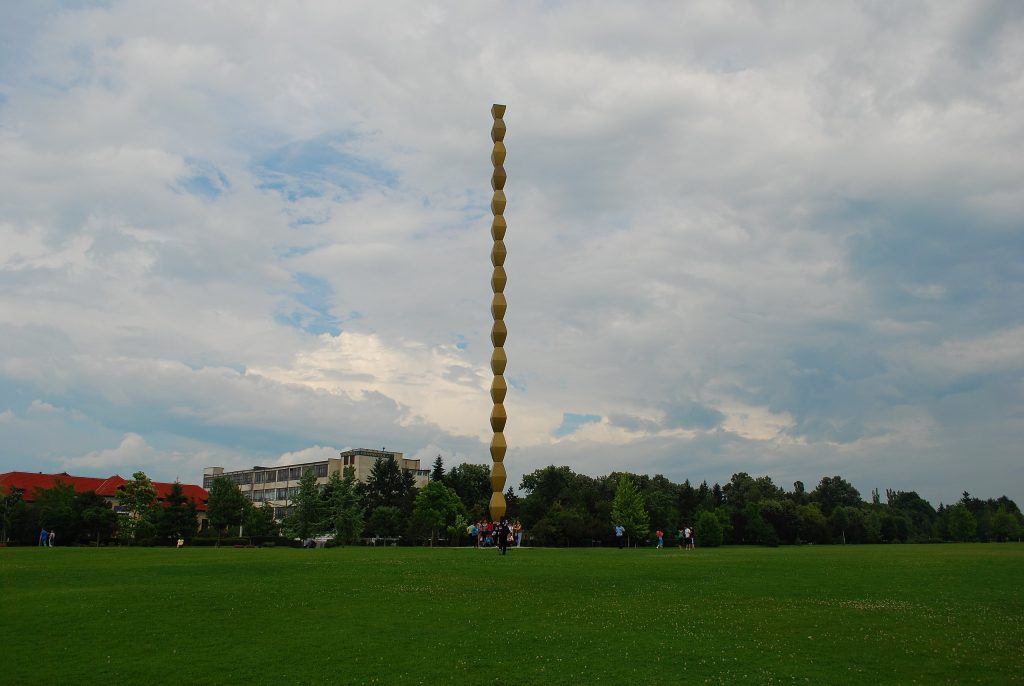
Constantin Brâncuși’s Endless Column park in Târgu Jiu, Romania. Photo by Andrei Stroe, Creative Commons Attribution-Share Alike 3.0 Romania license.
WHAT: Sculptural Ensemble by Constantin Brâncuși at Târgu Jiu.
WHERE: Târgu Jiu, Romania
WHY: Brancusi’s homage to the Romanian heroes of World War One comprises three sculptures: the Table of Silence, the Gate of the Kiss, and the Column of the Infinite. The latter symbolizes the “infinite sacrifice” of the Romanian soldiers. The Table of Silence represents the moment before the battle, and the transition to another life after death occurs through the Gate of Kiss. Brancusi said that the Gate “speaks about the great joy that love remains immortal.”
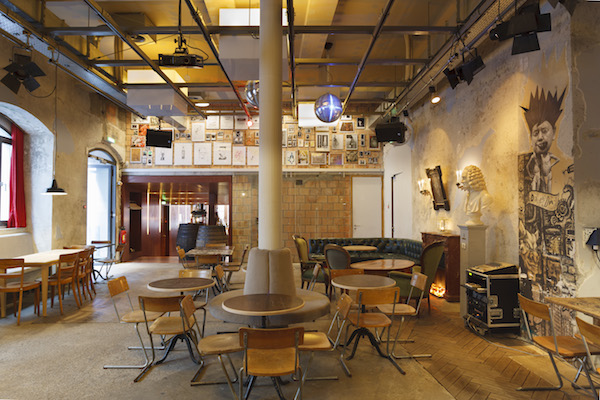
Cabaret Voltaire. Photo by Martin Stollenwerk.
WHAT: Dadahaus Cabaret Voltaire.
WHERE: Zurich, Switzerland
WHY: Founded by Dadaist Hugo Ball and his companion Emmy Hennings, events that took place in the nightclub proved pivotal for the establishment of Dada as an artistic movement. In 2001, a Neo-Dadaist group protested the closure of the establishment, which was in disrepair, by illegally occupying the building. The cabaret has since reopened, and hosts an extensive program of events.
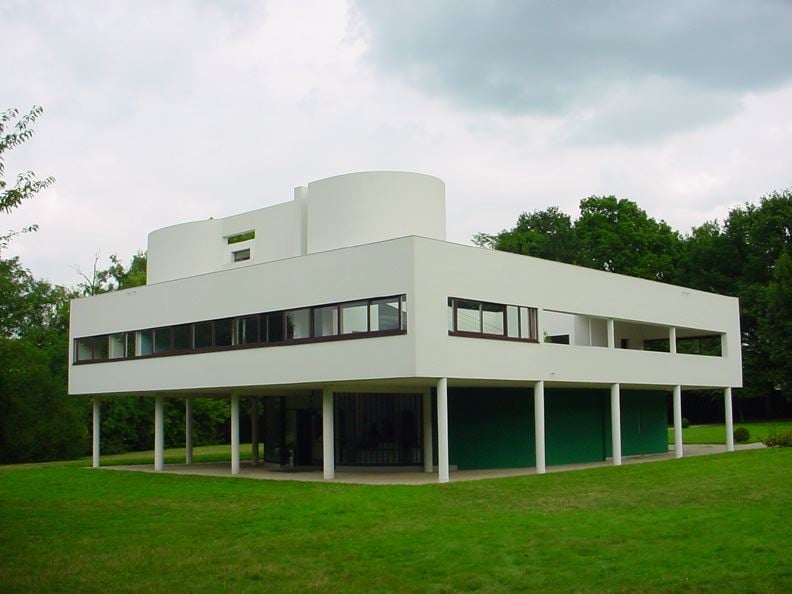
View of the west and south facades of Villa Savoye, designed by Le Corbusier and Pierre Jeanneret, and built between 1928 and 1931. Photo by Valueyou, Creative Commons Attribution-ShareAlike 3.0 License, GNU Free Documentation License, Version 1.2.
WHAT: Villa Savoye by Le Corbusier and Pierre Jeanneret.
WHERE: Poissy, France
WHY: The villa is considered representative of Corbusier’s Five Points of Architecture, as well as one of the most recognizable examples of the International style. It was originally built as a country house, commissioned by the Savoye family, but was later seized by the Nazis. In 1965, it was deemed an official French historical monument and is now open to the public for tours.
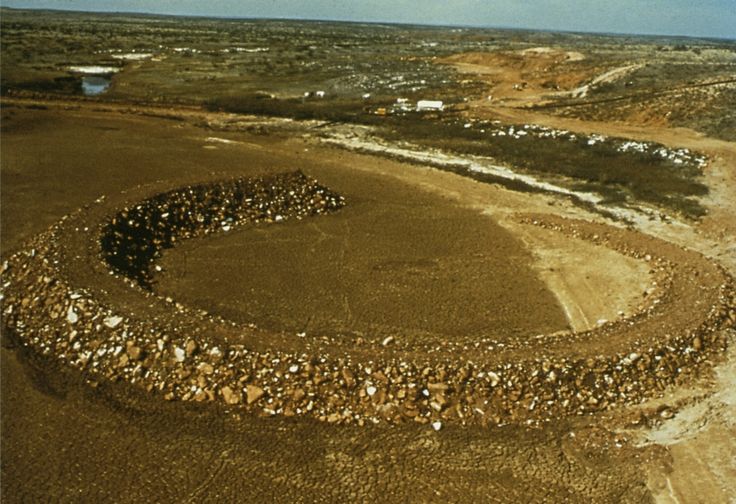
Robert Smithson, Amarillo Ramp.
Photo via Pinterest.
WHAT: Amarillo Ramp by Robert Smithson.
WHERE: Amarillo, Texas
WHY: Smithson’s final work, the Ramp consists of a partial circle of rock 140 feet in diameter, which rises out of the ground to a height of about 15 feet. The piece is slowly eroding, due to the fact that the artificial lake from which it once arose is now dry. Smithson was killed in a plane crash while surveying the site for this work, and the completion of the piece was performed by his widow, along with artist Richard Serra.